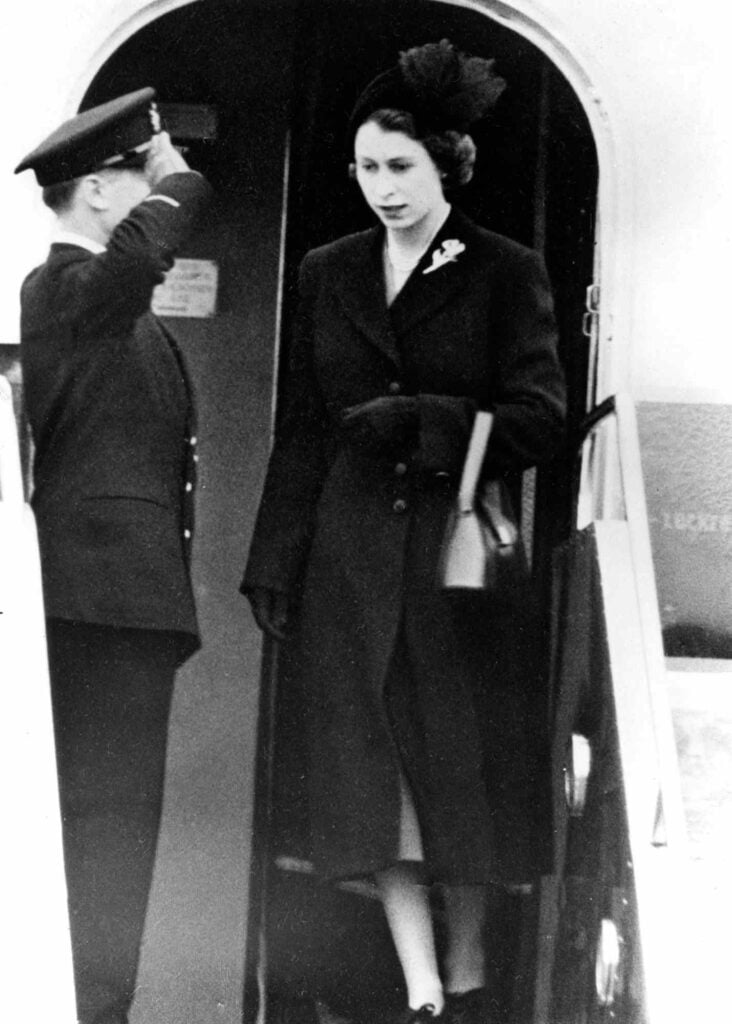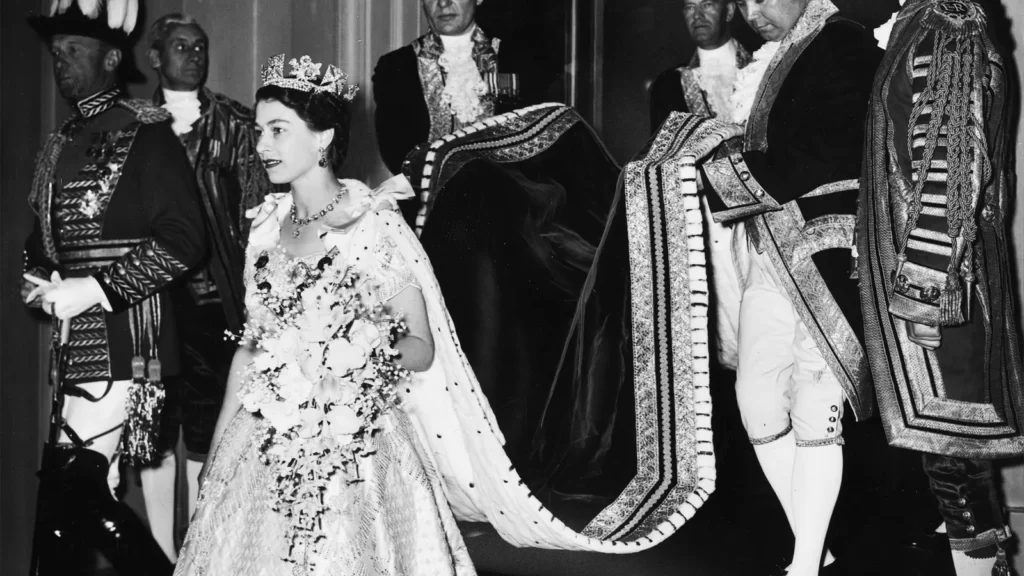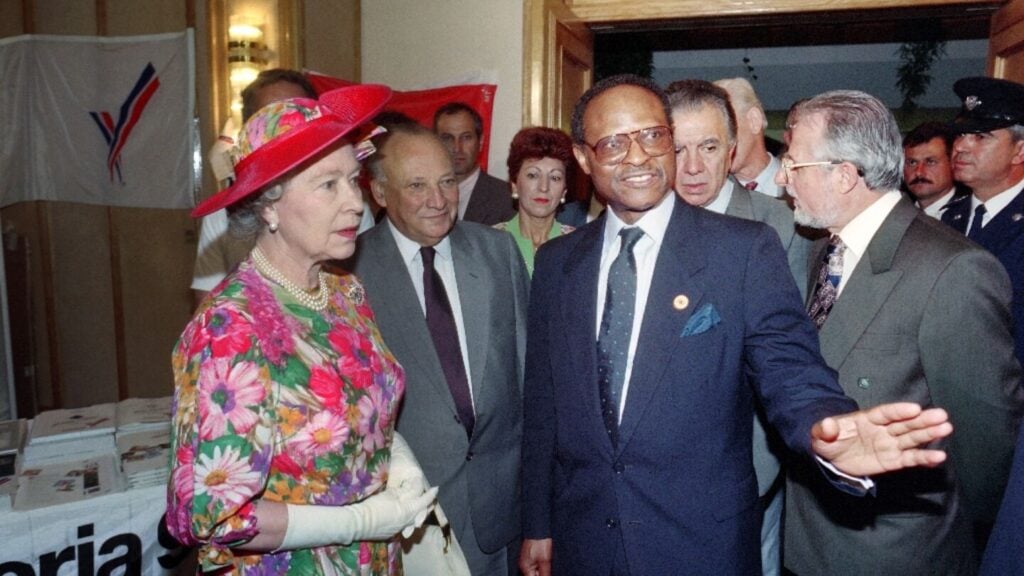On 6 February 1952, Princess Elizabeth Alexandra Mary became Queen Elizabeth II of the United Kingdom following the death of her father, King George VI. This marked the beginning of a historic reign that would span over seven decades, making her the longest-serving monarch in British history.
The death of King George VI

King George VI, who had ascended to the throne in 1936 following the abdication of his brother, King Edward VIII, passed away in his sleep at Sandringham House in Norfolk. His death, attributed to a prolonged battle with ill health, came as a shock to the nation. He had been suffering from lung cancer and other ailments, largely exacerbated by the stress of leading Britain through World War II.
Princess Elizabeth’s unexpected accession

At the time of her father’s death, Princess Elizabeth was on a royal tour in Kenya with her husband, Prince Philip, Duke of Edinburgh. The couple had been staying at the Treetops Hotel when the news reached them. Without ceremony or preparation, the 25-year-old princess was immediately declared Queen Elizabeth II. She returned to Britain at once, greeted by Prime Minister Winston Churchill and other dignitaries, fully aware that her life had changed forever.
The dawn of a new era
Queen Elizabeth II’s ascension came at a pivotal time for Britain and the Commonwealth. The post-war period was marked by political transformation, the decline of the British Empire, and the emergence of the Commonwealth of Nations. From the moment she took the throne, she dedicated herself to a lifetime of public service, embodying duty, stability, and continuity.

Her coronation, though not held until 2 June 1953, became a symbol of national unity and was the first to be broadcast on television, allowing millions around the world to witness the historic event.
A reign that defined an era
Queen Elizabeth II remained a steadfast leader, navigating the United Kingdom through profound social, political, and economic changes. Her reign saw the decolonisation of Africa, the evolution of the monarchy in modern times, and a changing relationship between the Crown and the British people. She maintained an unwavering commitment to duty.
Queen Elizabeth II and Cyprus

For some Cypriots, Queen Elizabeth II is the person blamed for signing off on the death warrants of freedom fighters against British colonial rule in the late 1950s. Elizabeth was head of state during the Cyprus independence struggle from British rule from 1955-1959, during which nine young EOKA fighters were executed.
Also read: ON THIS DAY: Queen Elizabeth II marries Philip Mountbatten (1947)


